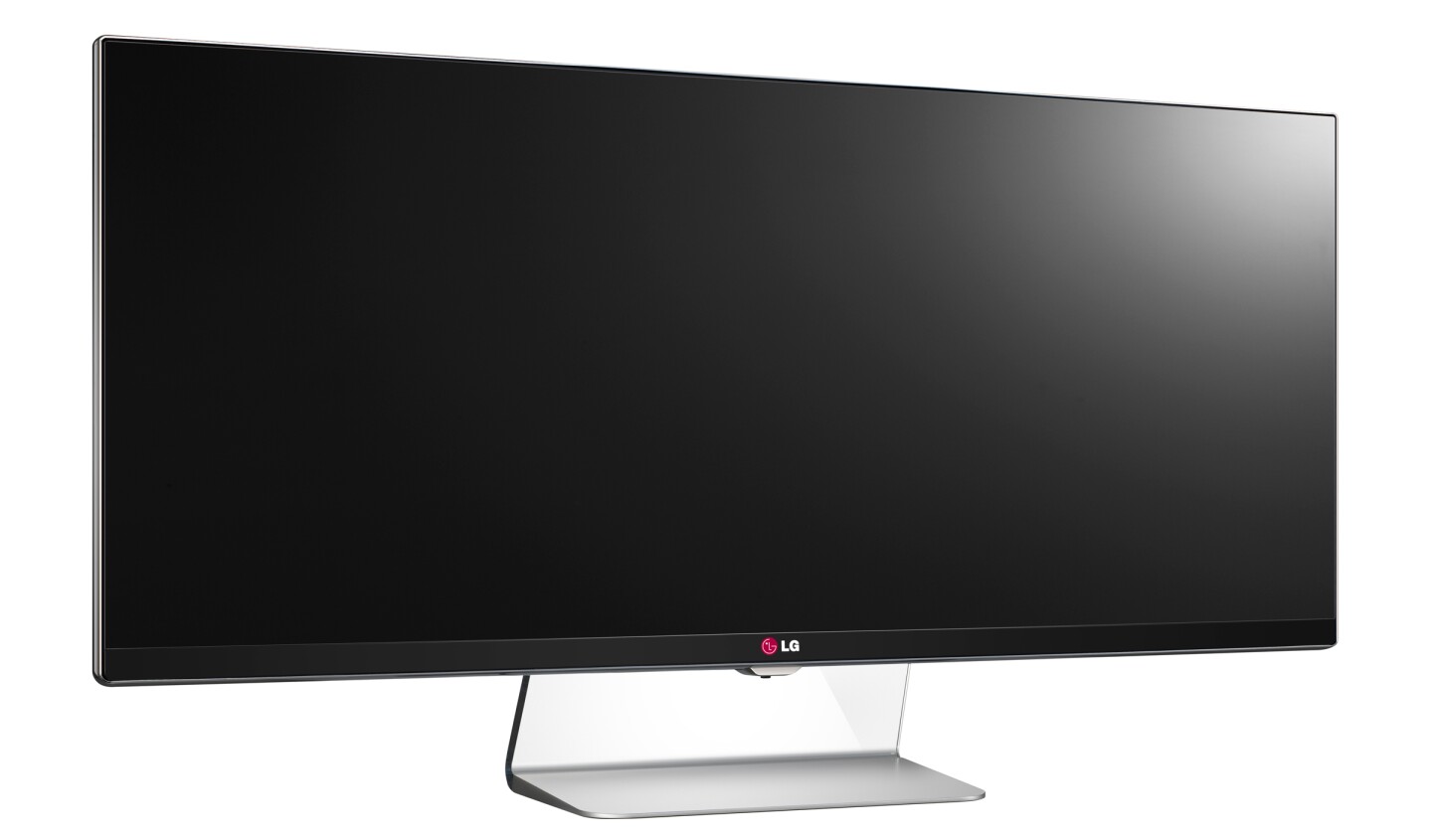Although 16:9 remains the most popular aspect ratio for TVs and computer monitors, Philips pushed the boundaries – the side ones, at least – with the introduction of its Cinema 21:9 Gold Series LED TVs in 2011. LG got on board last year with the release of the world's first 21:9 computer monitor and is now set to "widen" its 21:9 offerings at CES 2014.
When it arrives at Las Vegas in January, LG will have a couple of new 21:9 models in a variety of sizes in tow. Top of the pile is the 34-inch IPS 21:9 UltraWide UM95 model that will also come in a 29-inch version. It packs QHD (3440 x 1440) resolution and is able to reproduce 99 percent of the sRGM color palette. Connectivity options include HDMI, DisplayPort 1.2 support and a Thunderbolt 2 port that supports data transfer speeds of up to 20 Gbps, which should appeal to those dealing with 4K video or wishing to daisy-chain multiple monitors.

Slotting in below the UM95 is the UM65 model. This is also a 21:9 IPS monitor but will come in 25-, 29-, and 34-inch sizes. While LG says the UM95 models are aimed at "gamers, film buffs and graphics professionals," the UM65 is "geared towards workplace productivity," and is designed to appeal to editors and graphic designers. The UM65 models' display pivots 90 degrees and features an easy screen-height adjustment.
Along with the new 21:9 UltraWide models, LG will also be showing its 31-inch Real 4K 31MU95 and Color Prime 27MB85 models. The former features an IPS panel packing 4096 x 2160 pixels, while the latter sports Thunderbolt 2 support and the ability to reproduce 99 percent of the Adobe RGM color space via LG's True Color Pro calibration software.
Pricing and availability details are yet to be announced but are likely to be revealed at CES in January.
Source: LG








